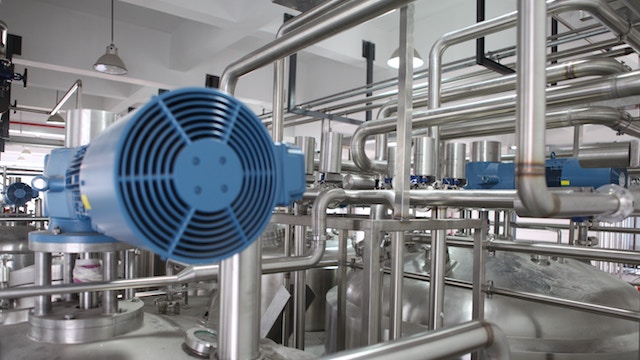No-code workflow commoditisation
Built-in custom workflow capabilities in B2B SaaS 2023-05-16 #NoCode #product

A century ago, households that could afford an electric motor only had one, to use in combination with various appliances. Today, household appliances contain more electric motors than you can count.
Forty years ago, home computers started to appear. Today, active cables contain processors.
This hardware commoditisation - electric motors and computers - also happens to software capabilities. In the past, standalone platforms and development environments managed all kinds of automation, from conventional programming to no-code workflow automation. In a relatively new development, some existing software products have added basic custom workflow automation capabilities.
Core functionality
Workflow automation builders typically use a collection of core functionality to build workflows.
- Triggers - start workflows, usually manually from a button, on a schedule, or via an API.
- Actions - perform workflow steps, serially or in paralel, typically collecting data via forms.
- Conditions - control which actions the workflow executes, typically based on collected data.
- Access control - determines who can execute which workflows, and access which data.
- Notifications and integrations - automate data exchange, starting by sending email.
In no-code workflow commoditisation, products with a different main purpose use these capabilities to make it possible to automate custom workflows. While these capabilities vary, embedded custom workflows typically enable several of them.
Products with built-in workflow
Contentful - a CMS - has a workflow add-on to add content review steps, with access control, notifications, and integration actions.
AG5 - a skills management platform - has built-in workflows with conditional time-based triggers to send custom email notifications.
Notion - a knowledge-management platform - supports buttons that can manually trigger multiple actions, creating/editing blocks, pages, database entries and property values.
Favro - a collaborative planning tool - can trigger automations on ‘card’ changes or via a webhook, and execute one or more actions.
Trello - a collaborative task/note tool - automates cards with manual, scheduled and conditional event-based triggers, followed by one or more simultaneous actions on cards, lists, email, Jira, BitBucket, and Slack. Trello added automation by acquisition in 2018.
Fibery - a knowledge/productivity platform - can attach workflows to its databases, with manual and event triggers, a sequence of actions and integrations.
Phrase - a software localisation platform - includes a custom localisation workflow tool, with triggers, sequential and parallel actions, conditions, and a graphical editor.
Consequences
Commoditised built-in workflow trades capabilities for usability. It typically lacks complete general-purpose workflow capabilities, but also avoids complexity. Meanwhile, its simpler feature can offer better user experience for people who haven’t used workflow automation tools before.
Built-in workflow can also improve on generic workflow usability by using application-specific trigger events. Instead of an abstract trigger, an HR platform can refer to employee joined or vacation requested, for example.
Similarly, built-in actions can provide more focused capabilities for interacting with the host product than a generic platform’s integrations, or triggering third-party platoforms’ workflows. In general, embedded workflow can provide a less abstract user experience.
Workflow commoditisation potentially reduces demand for standalone workflow platforms. However, built-in workflows may only end up automating use cases that have too little value to justify general-purpose workflow tools. And perhaps more widespread workflow capabilities will create demand for more sophisticated workflows.

